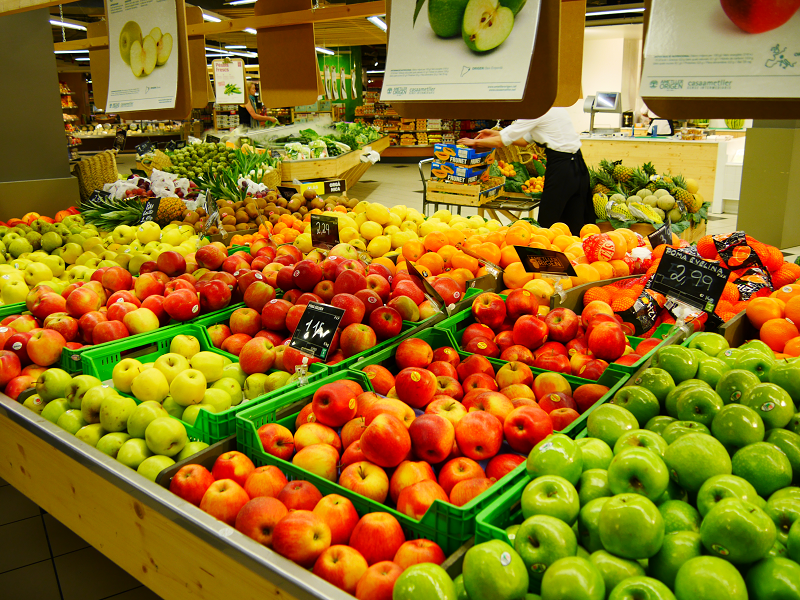How to choose a really high-quality product?
All buyers want is to buy safe, fresh and high-quality products. However, often the financial interests of stores and supermarkets are no so concerned about the health of consumers. But how do you choose a really high-quality product? You will learn about this in this post.
1) Do not buy products in convenient individual packages. It should be clarified that this advice applies to those products that the store packs itself, in the gastronomy department. These products include cold cuts, cheese, vegetables, pickles, fruit, etc. In such products, it is worthwhile to limit yourself, since there is a high probability that the shelf life of such food will expire or has already expired. The date on the package will not say anything, as the store owners can change it daily or even several times a day. In such cases, ask the sellers to cut the product for you or buy the same product in the original packaging.
2) Be attentive in the gastronomy department. When buying ready-made salads, pay attention to the presence of a large amount of garlic, spices or fresh herbs. This is added in order to remove the unpleasant smell that appears when the salad has expired. Remember that meat and fish salads spoil faster. Choose salads without dressing, or those that are filled with butter, not mayonnaise – such salads are good for up to 2 days.
3) Check the integrity of the packaging. Any external deformation of the package may indicate improper storage, improper transportation and even an expired shelf life.


